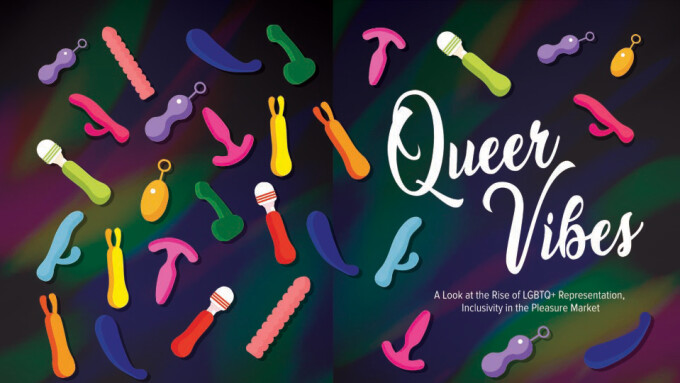When the calendar flips to June, as we all know, it means the start of Pride month, when gender and sexual preference diversity flies its rainbow of colors around the world. Products of every kind flaunt the Pride flag — Budweiser cans, anyone? — and the sexual health and wellness field, of course. Indeed, the pleasure industry has catered to LGTBQ+ customers for decades. In recent years, however, the move toward inclusivity and representation has been fast-tracked as society’s awareness and demand for it has increased.
Channel 1 Releasing has been a stalwart of the gay adult film, pleasure products and retail industry for well over 20 years.
“Our roots are in the LGBTQIA+ community,” says Kristin Zuri, the brand ambassador for C1R’s Boneyard and Rascal Toys brands. “We are 100% LGBTQIA+ owned, operated and employed. This was not intentional; we are all just drawn to this family. During training or interviews I often have said that our products are ‘toys for boys, designed by boys who like boys.’ While not all of our products are ‘only’ for the LGBTQIA+ community, most are perfect for the gay man. Our Rascal Brand is our flagship brand, and our original novelty line that was intended to be for the gay community. Our packaging has the newer Pride flag on it, and the products are simply more community-friendly.”
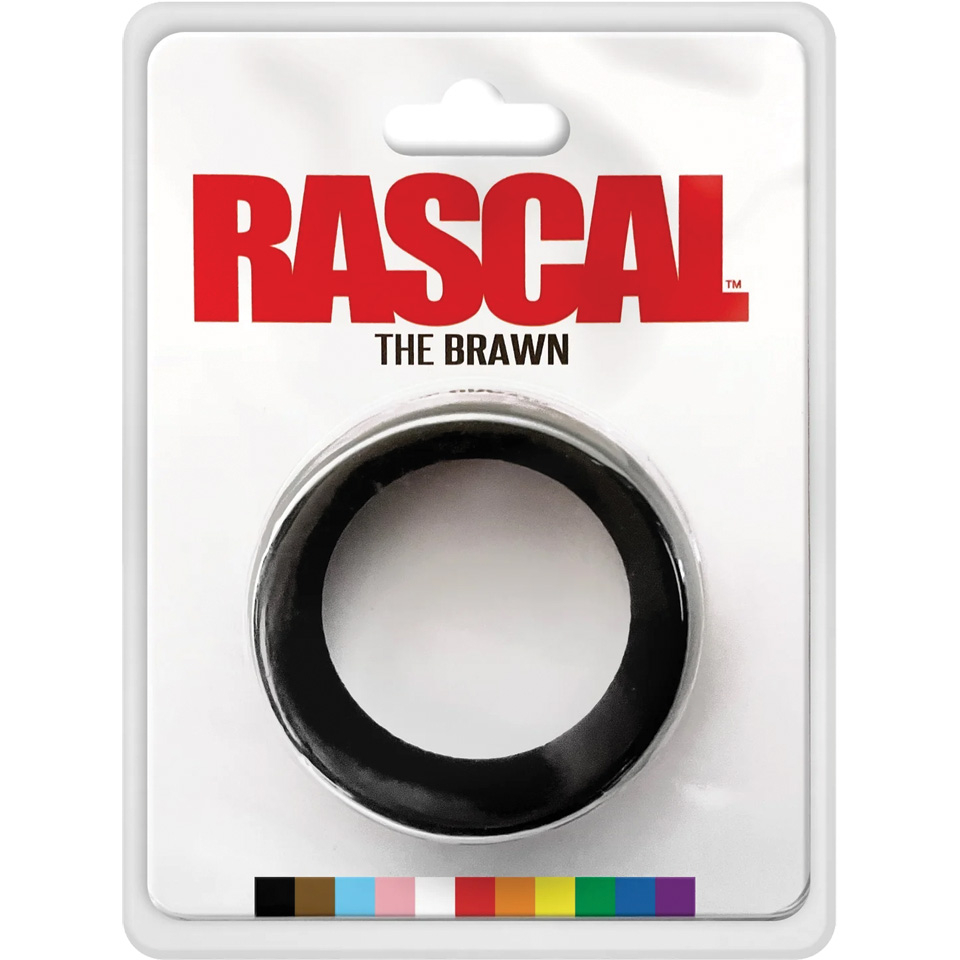
Highlighting LGBTQ+ brands such as Spareparts Hardwear, Cute Little Fuckers and Bananapants, Nalpac Director of Marketing and Strategic Partnership Phoebe Grott affirms the pleasure product distributor’s commitment to LGBTQ+ allyship.
“Distributing LGBTQ+ brands creates growth in the channel and makes sense economically,” she explains. “Being more inclusive expands the target audience, creating an opportunity to support new customers who are LGBTQ+ and shopping for a more fulfilling sex life.”
Along with brands founded by and for members of the LGBTQ+ community, other pleasure brands have also adopted a more inclusive approach to product development and marketing, with the goal of making sure all shoppers feel represented and welcome.
“Eye of Love was inspired by a vision to create a line of products catering to the unique needs and desires of individuals of all sexual orientations and gender identities,” Eye of Love VP Jacqui Rubinoff says. “We wanted to ensure our pheromone products would be inclusive, while offering pleasure options for everyone.”
Eye of Love’s range of pheromone-infused fragrances includes scents made for all kinds of people to wear, no matter whom they are seeking to attract. Last December the company debuted the Attract Them version of its Matchmaker Black Diamond Pheromone Parfum, formulated to catch the attention of people of any gender.
Similarly, COTR Brand Ambassador Bobby Box describes b-Vibe as “a brand with a modern approach to pleasure, categorizing toys by what works best for the body, not by gender.”
“When our founder, Alicia Sinclair, launched b-Vibe with our first product, the Rimming Plug 2, she simply set out to create a brand that anybody and everybody could shop,” Box says. “Because the Rimming Plug 2 is roughly the size of a penis, which can be considered large for beginners, more experienced anal players — a majority of whom happened to be LGBTQ+ — were initially drawn to the brand and our products. So from its inception, b-Vibe was recognized as a brand that understands that LGBTQ+ people deserve as much space at the table as everybody else, and this reputation has remained ever since.”
The company has continued that tradition, such as with a definitive marketing campaign proclaiming, “Everybody Has a Butt” and showcasing the inclusive and fluid nature of anal play, to dispel stigmas while spotlighting a diverse mix of sex-positive and body-positive social media influencers.
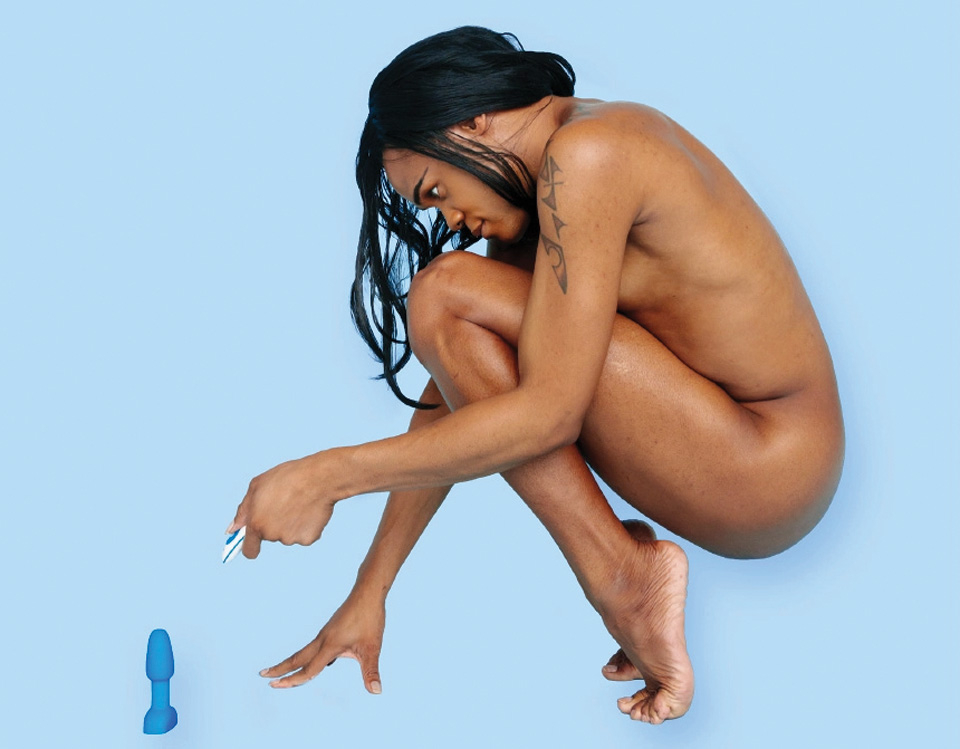
Whether their products are launched with an intentional focus on the LGBTQ+ community or simply become favorites within the community, manufacturers share Blush Sales Representative Benny Neff’s perspective: “The LGBTQ community has been and always will be crucial to our success.”
Rob Reimer, creator of the Boneyard line of products and co-founder of the new adult products company Demon Kat, explains why he and co-founder Buck Angel have sought to avoid being pigeonholed.
“We came up with our slogan, ‘Toys With No Boundaries,’ because even though I identify as queer and Buck is a trans man, we felt that everything we have designed can be used by any gender for having a more pleasurable sex experience,” he says.
Angel adds, “Both Rob and I have been a part of the LGBTQ community for decades as well in the adult business for over 20 years, and we have both created unique and diverse products for our community. I created the first trans male sex toy, called the Buck Off, and we always have our community in mind.”
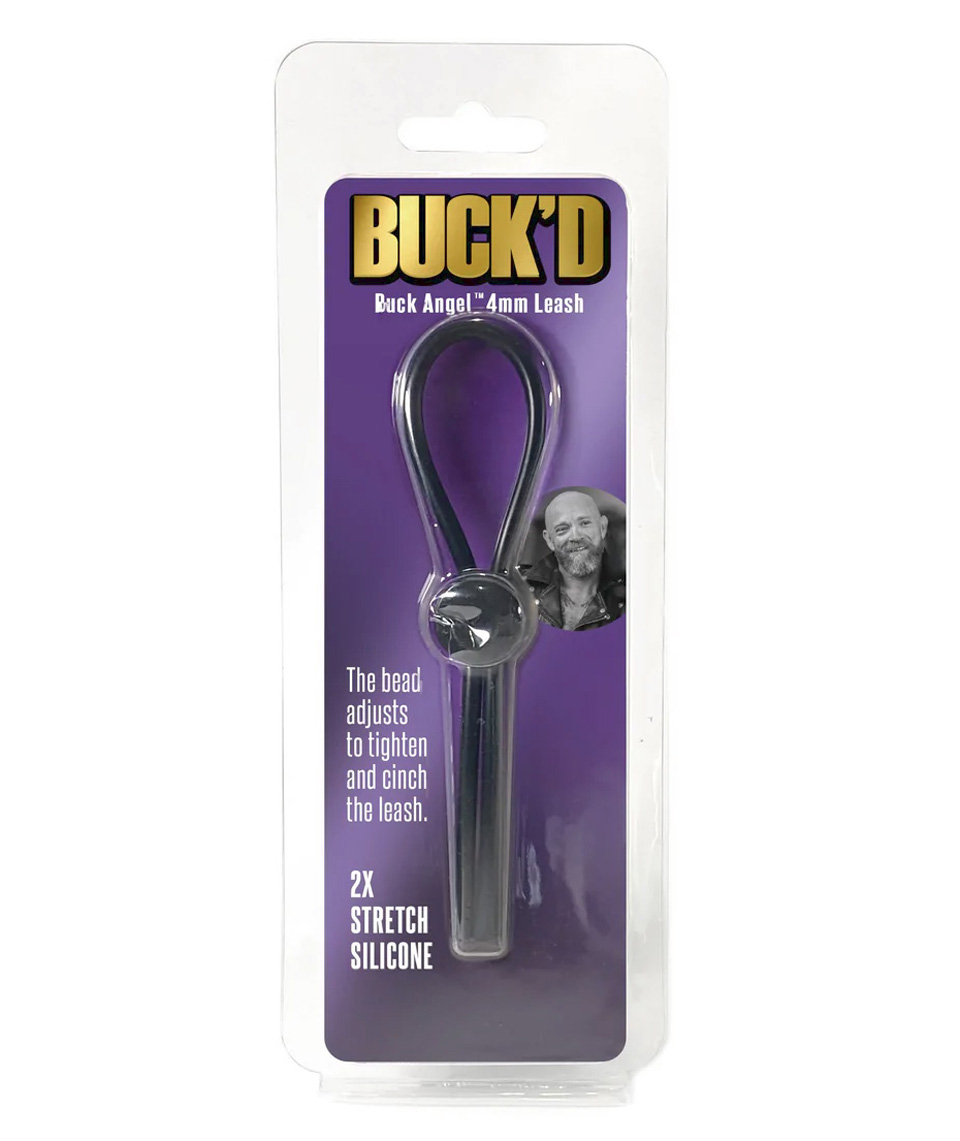
When asked about catering to the LGBTQ+ community, Box cites his own childhood experiences with constrictive gender norms as informing his convictions about how adult toys should and should not be conceived and marketed.
“I always compare this philosophy to McDonald’s Happy Meals,” he says. “I am a cis male, but as a kid I always wanted the Barbie toy over Hot Wheels. Yet I was given no choice in the matter because they assumed what I wanted based on my gender. I remember being so disappointed when I opened my meal and saw that I was given the ‘boy’ toy. Adult toys should be handled no differently.”
Of course, the pleasure products industry includes more than sex toys, and so does its outreach to and connection with the LGBTQ+ community.
“We find it extremely important and valuable to offer products for the LGBTQ+ community,” Brian Pellham, CEO of adult games and novelties manufacturer Kheper Games, shares. “We license the Progress flag and continue to build on our line of products, such as All Dicks Penis Candy, All Dicks Straws, games and confetti that utilize this in the packaging. We also offer many games that work for any couple, and even some for throuples and quads, like our Sex! Game, also with the Progress flag packaging.”
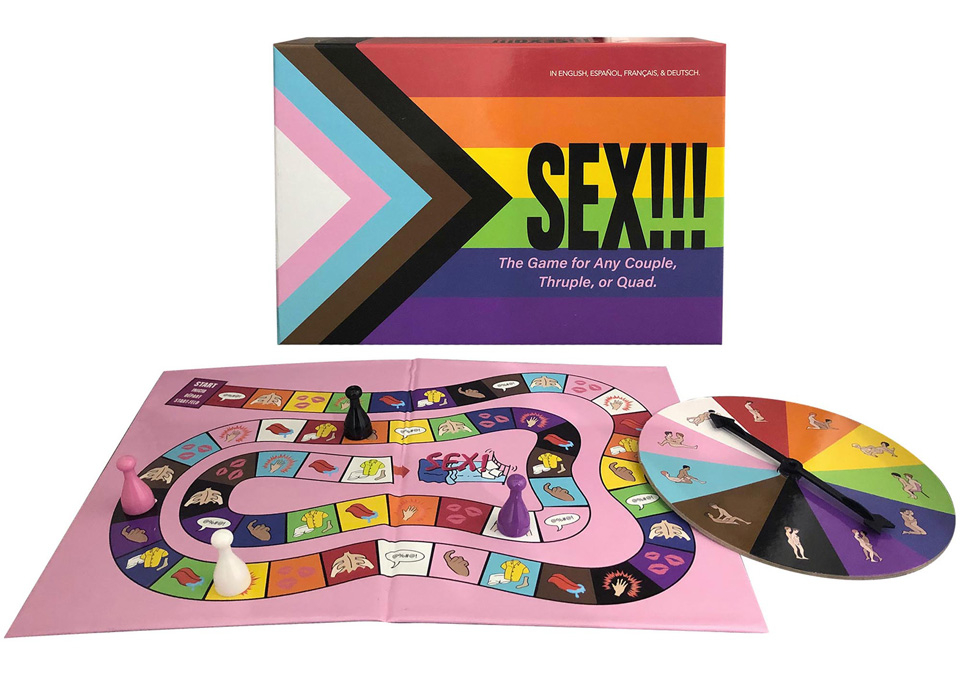
Briana Watkins, VP of sales and marketing for Florida-based M.D. Science Lab, says the company’s flagship brand, Swiss Navy lubricants, has “a long, strong history within the LGBTQ community since its inception in 1999.”
“We have always worked to ensure that our products serve to empower all genders and preferences,” she continues. “Most recently, Swiss Navy sponsored Mardi Gras and World Pride in Australia and worked with several retailers in that country to support the event.”
Queer Opposition
Despite increasing LGBTQ+ representation in society and the commercial mainstream embracing Pride, representing the LGBTQ+ community can still sometimes present challenges for pleasure product manufacturers.
“We have faced challenges and pushback from individuals or groups who do not support the LGBTQ community,” Eye of Love’s Rubinoff says. “We stand firm in our commitment to inclusivity and have handled any pushback with respect and sensitivity. Ultimately, our mission is to bring people together through the power of pheromones and spread a message of love over hate.”
Ian Kulp, Je Joue’s head of sales, says that as “educators, influencers and manufacturers,” industry professionals must defend everyone’s right to access reliable, safe health and wellness resources.
“The heartbreaking thing here is that a lot of brands jump onto the bandwagon of marketing to the queer community without connecting or engaging with the community at large, even at the most basic levels, for dialogue,” Kulp says. “This messaging is often misplaced and, in many cases, misinterpreted. We need to try harder within the space of inclusion.”
Lindsay Wynn, founder and CEO of Momotaro Apotheca, notes that the pleasure business is at the intersection of multiple tipping points for conservatives, which sometimes makes it feel like her company has a target on its back.
“Cultural pushback feels ever present as it relates to our current political climate,” she explains. “Especially as it relates to being trans-inclusive. As a company, we have never used gendered language and now we have become somewhat of a target for anti-trans radical feminism, as well as your typical far-right ideology, to attack us.”
Wynn sees that inclusivity as “a very important pillar” of her company’s business, so she strives to provide a proactive and constructive response.
“We use every opportunity to educate people, provided their inquiries are not harmful or violent to our community,” she says. “We hope that through this, we are giving people a chance to learn why it’s important to be inclusive and how important that is even for people who may not initially see our values or share the same identity as us.”
Zuri says that she is just about positive that everyone in the pleasure industry has encountered some form of bigotry or ignorance.
“As a mother to two LGBT adult children, I tend to be emotional and loud in my defense of everyone’s right to sexual education and pleasure, as well as the right to simply exist and have the same things in life available to us as any other demographic,” she says. “As a company, we focus on charities and where we can make the most difference, even if it is something small that we are able to do. Someone takes issue with us working with the trans community, OK, we’ll get involved with an organization like The Trevor Project — it feels good and right to balance out the energy.”
According to Bobby Box, COTR’s progressive marketing campaigns have received pushback for featuring different races, body types and differently-abled people. The company’s approach is to brush off the hate.
“I don’t want to go much deeper into it because those people’s voices should be muffled, not amplified,” Box says. “But all this told us is that they aren’t our type of consumer, and good riddance.”
LGBTQ Visibility and Inclusive Marketing
While many pleasure products can be enjoyed by any user regardless of sexual preference or gender identity, product packaging and marketing content can be exclusionary of some LGBTQ+ individuals.
“The couples toys category can be the most challenging to navigate for LGBTQ+ customers as most of the products are advertised for a pairing that includes a penis and a vagina,” Grott says. “Our end users have been innovating with traditional toys since long before manufacturers and sellers began developing inclusively marketed products. For example, a vibrating cock ring is still a couples toy when used by two vulva owners by slipping their fingers through the ring to use it as a finger vibe or sliding it over the shaft of a dildo, transmitting the vibration to both the wearer and receiver. Inclusivity starts by taking a cue from our customers and including recommended use options for partners with a variety of genital pairings on packaging and in marketing.”
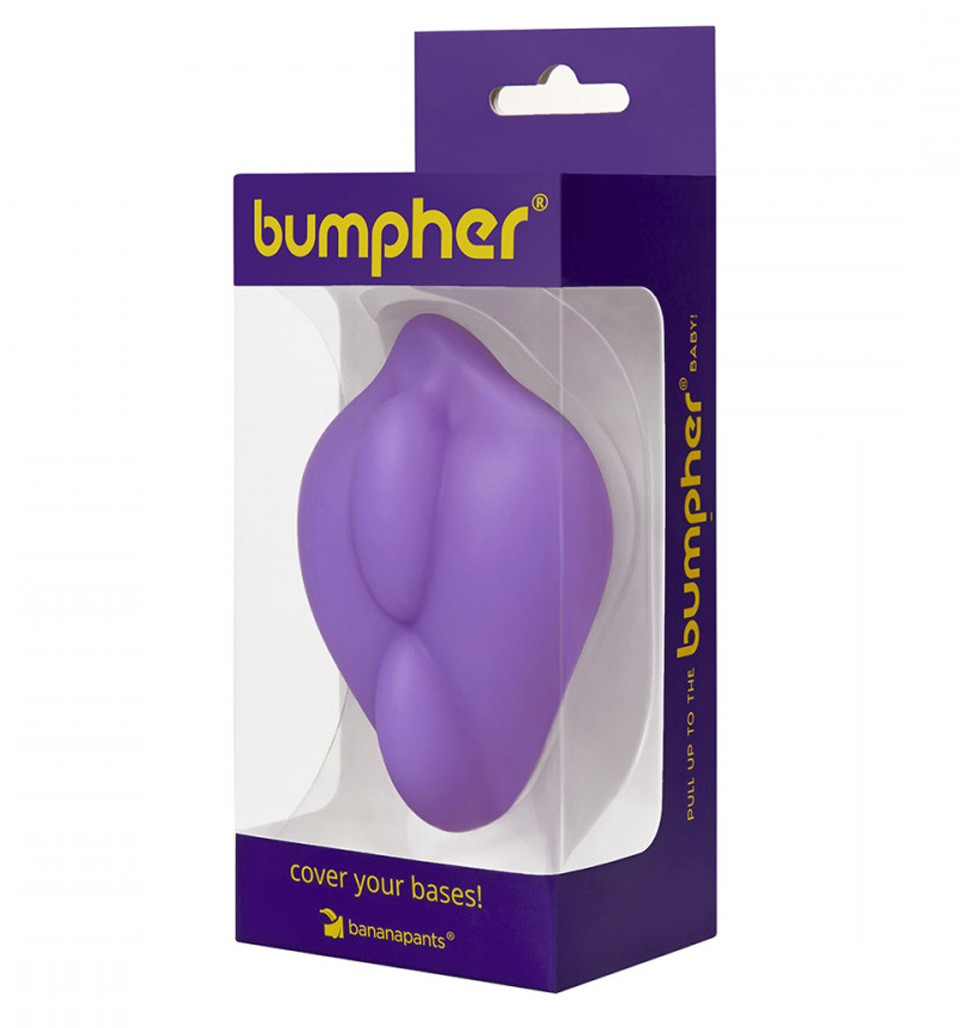
To appeal to a broad range of customer tastes, Zuri says, C1R takes into consideration the platform that it is marketing on, the group that it is marketing to and the product that it is highlighting.
“We very much attempt to know our audience,” Zuri says. “If we are advertising or marketing in a hardcore magazine, the ad will be a bit more edgy and definitely more skin. If we are advertising one of our health and wellness products in an educational environment, we use a more toned-down verbiage and image, focusing on the science and wellness aspects. We lean heavily on acceptance and validation in our marketing and products. We want not only our products to feel good, but how we reach out to you as well.”
In addition to promoting inclusivity with its b-Vibe brand, COTR markets sister brands Le Wand and Cowgirl as gender-neutral.
“We genuinely believe that sex toys aren’t, and shouldn’t be, gendered,” Box says. “For example, the right cock ring can make a fantastic clitoral vibrator, and a wand can stimulate a penis just as effectively as a vulva. Apart from this just being the cold hard truth, gendering a toy only limits those who will purchase and can ultimately enjoy the toy.”
Box explains how b-Vibe’s “Everybody Has a Butt” felt ahead of its time and helped make the brand what it is today.
“The campaign featured testimonials and the real, untouched butts of people of all shapes, sizes, races, sexual orientations and genders, reminding folks of the obvious fact that everybody has a butt and therefore everybody can enjoy anal sex,” he says. “At the time, anal sex was — and in some part, still is — shrouded in homophobic beliefs, so it was important we removed any stigma, homophobic or otherwise, with the campaign, since all bodies and genders are able to experience the pleasures of anal sex if they choose to.”
More pleasure brands are using inclusive language and imagery representing diverse gender identities and sexual orientations.
“Everyone deserves to feel loved and desired,” Rubinoff says. “We work closely with members of the LGBTQ community to ensure that our messaging is sensitive to their needs and experiences. We also make sure to market pheromone products to attract him, her and them with imagery that resonates with that consumer.”
JO Regional Manager Timothy Ferencz noted that in order to make everyone feel “welcome underneath our tent,” the lubricant brand uses lifestyle images that display a wide variety of races, body types, gender identities and sexual orientations.
“This includes both individuals and couples in our marketing collateral,” he says. “We have also made the decision to eliminate the words ‘for him’ and ‘for her’ on all of our products. We recognize people come in all varieties of gender identity and want our products to be inclusive of everyone.”
Scott Watkins of Doc Johnson says that his company too has removed all gender and orientation references from its products.
“Doc Johnson uses terms like ‘giver’ and ‘receiver’ when it comes to partners in sex, and we will never associate genitalia with gender,” he says. “We want to make sure that anybody interested in Doc products knows they’re welcome.”
According to Watkins, aside from Doc Johnson’s Pride Mood Training Set, the company does little “rainbow packaging” and rarely creates items for any specific orientation.
“We ensure inclusivity by marketing each product to the body part they’re used with, not marketed to a specific gender or orientation,” he says. “We want to be as inclusive to everybody as possible with every product, and not just one month a year.”
Kheper Games offers LGTBQ-friendly versions of its card games — such as Gay Sex! and Lesbian Sex! — and endeavors to provide inclusive options.
“As the writer of the content, and as a gay man, I make every product gender-neutral when I can,” Pellham says. “Some instructional games will specify gender, but with our wide offering of products, we truly have many products for everyone.”
Susan Colvin, founder and CEO of CalExotics, highlights some of the manufacturer’s popular LGTBQ-focused brands.
“The Colt product line was created in 2004 and was one of the first lines of products specifically targeted toward gay men,” she says. “We also have Packer Gear, which is a gender-affirming collection of products.”

To stay up to date on the evolving language and terminology used within the LGBTQ+ community, those in the pleasure industry must keep an ear to the ground. Rubinoff encourages “consulting with experts and actively engaging with the community across different platforms.”
Chris Post, vice president of popular manufacturer Hott Products Unlimited, shared, “When it comes to the LBGTQ community, we have several close partners and friends in the community that we poll for their thoughts and concerns about products and always welcome their input when it comes to developing various new items.”
As a member of the LGBTQ+ community, Kulp says, keeping up with new preferred terms is simple.
“One can and should do so by keeping informed, listening and participating,” he says. “By plugging into the culture and lifestyle, staying informed locally and globally, and keeping up with desires and trends. If all of that seems too overwhelming for you to take on, then please, at minimum, one must listen and follow. Heard voices garner community, and community provides equity, safety and a welcoming space for all persons.”
Excitement Superstores buyer Loretta Goodling also has a personal connection to the LGBTQ+ community, which fuels her passion for promoting inclusivity.
“As a lesbian and an advocate for LGBTQIA+ rights, I make it a priority to stay aware and up to date as it’s something I personally am passionate about,” she says. “I’d say that a decent portion of our staff at Excitement is part of the LGBTQIA+ community like myself. Still, at times I will ask our in-store trainer, Kade Bair, questions or run things by them that I may not fully comprehend. Kade is also our event coordinator. They will be at all our local Pride events and they work closely within the community.”
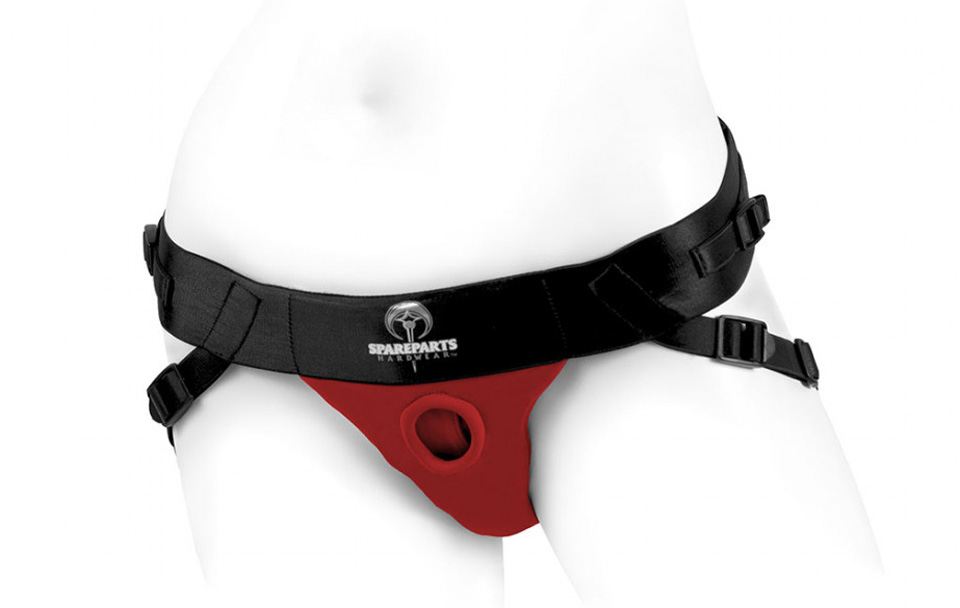
Goodling also suggests using social media as a tool for staying on top of the most current information. Zuri agrees, encouraging people to stay engaged with the community, in person and online. Colleagues in the pleasure industry also can be useful resources.
“Being in this industry, we have many folks who are willing to educate on that,” Zuri says.
Benny Neff notes that trainings and one-on-one interactions with Blush’s customers can be educational for him.
“Again, myself being in this group, I am very in tune with what’s going on in my community,” he says. “That’s not to say I don’t learn something new every day. That is why I love my job and love this industry.”
Social media has served pleasure brands not just as a source of education, but also as a way to show allyship with the LGBTQ+ community.
“Social media has been a huge building block for us in reaching the LGBTQ community,” says Danielle Seerley, director of sales for Thank Me Now. “We are trying to focus as much on being a sexual wellness resource as we are on being a selling resource. Our social media highlights not only products but also activists, education and other important information we can share on our platform and print materials for stores. Our marketing highlights a range of people and bodies, and I love that sexual wellness is a priority for our models as well. Having people who believe in your mission and message truly comes through on camera and I think it shows in our social media, store signage and other print/online materials.”
Noting the importance of language and representation in the LGBTQ+ community, Timothy Ferencz says that the JO team meets monthly to discuss any issues or topics that have come up recently and make any appropriate changes companywide.
“For example, to be more inclusive when our sales team trains in-store, we added sections addressing pronouns, and we eliminated gendered language around our products, replacing it with the terms ‘penis owner’ and ‘vulva owner,’” Ferencz says.
Phoebe Grott says that Nalpac too has shifted to packaging that “is accessible to customers regardless of their gender identity, with the removal of pronouns and pictures of bodies, and incorporates product language that fits for all user types.”
She sees this kind of inclusivity as crucial for a distributor carrying an extensive range of lines and products.
“Nalpac’s marketing and sales education on LGBTQ+ product categories expands beyond anal toys and strap-ons, to core categories as well,” she points out. “Sexual preferences are like snowflakes: no one is exactly alike. By broadening our understanding of how a product can be used, sold and marketed at all levels from manufacturer to distributor to retailers, the seller, the maker and the user all win.”
Lindsay Wynn reiterates that the best way to represent inclusivity is to embrace it behind the scenes.
“Our team is made up of over 50% queer folks,” Wynn says. “We live, work and breathe this ideology daily. From starting Momotaro Apotheca to where we are now, an evolution of language within the brand has been imperative to our growth. We know how imperative that same linguistic adaptation is for our community and the world at large. We also operate an educational platform where we are constantly working with artists, doctors, writers, performers and individuals that are queer — they continue to help us expand our vernacular every single day.
“Beyond that, we always look to our community to hold us accountable,” Wynn adds. “We are a very hands-on team so every DM, email and customer relationship is so important to us. We take feedback and requests with the utmost sincerity, which helps us formulate, write and rewrite our terminology daily.”
XR Brands’ resident sex educator, Josh Ortiz, says that by having him, a trans man, on the team, the company has stepped up by recognizing that representation is the first component of inclusion.
“They’ve entrusted me with not only representing the most marginalized in our communities, but also have honored me with willing and listening hearts,” he says. “Especially for our trans and nonbinary community, they consult me on names or art or wording. A trans person not only has a seat in the room, but a seat at the table. That representation is paramount in ensuring we are actively innovating and marketing products to my community, by and for my community.”
Bobby Box is likewise enthusiastic about COTR’s awareness of the community.
“Our brand is representative of LGBTQ+ individuals because we’re all at the table,” he says. “Every department on our team, from product development to editorial, sales and so on, has folks who are part of the community. Queerness is part of our infrastructure and is naturally integrated in all of the development and marketing of our products.”
According to Box, it’s important that staff members are educated on LGBTQ-related terminology, along with diversity in general.
“When we onboard a new hire, part of the process is inclusivity training, which includes proper terminology for different bodies, genders, sexualities, pronouns, etc.,” he shares.
Rainbow Retail
Retailers also are taking steps to create a welcoming environment for all customers, including those who identify as LGBTQ+. By creating a safe and inclusive space, retailers can attract a diverse range of shoppers, build customer loyalty and ultimately increase sales.
As Box notes, “People want to feel comfortable when they enter any store, but especially a sex shop, which is, understandably, a more vulnerable experience. Queer people are othered by society for who they love and have sex with, so it’s especially important that they feel represented and safe in a sex store.
When it comes to creating that kind of welcoming and inclusive shopping experience, Grott breaks down her suggestions into three rules: “Firstly, train your staff not to make assumptions about the person’s identity and what they are shopping for. Let the customer lead the way. Secondly, discourage shaming language or making fun of gender affirmation products such as packers and chest binders by your non-LGBTQ+ identifying clientele. Lastly, stock products that use gender-neutral language and have inclusive packaging.”
Wynn recommends that retailers do what she did with her brand, Momotaro Apotheca, and lead with empathy at the forefront.
“I think that my best advice on how to make welcoming, inclusive shopping experiences is to think beyond yourself, think about every situation — and if you can’t, hire people who can,” Wynn says. “It’s OK to not be an expert. Find and show every size, color, and experience you can. Admit when you’re wrong and especially that you don’t know everything. Be vulnerable and open to conversation. Show all of that in your stores.”
Since retailers directly serve diverse communities, Wynn says, it’s important to create an environment where everyone belongs and feels welcomed.
“To begin with, all companies should embrace diversity and inclusion as their core company values, which should guide any day-to-day business activities,” she says. “This means having employees from different backgrounds and an organizational culture that supports all equally, partnering with organizations and NGOs that are making a difference and raising awareness of human rights and the LGBTQ+ community through donations, fundraising efforts and communication. For example, their visuals can show the many flags that represent LGBTQ+ communities: trans, bisexual, genderfluid, queer POC and more.”
Je Joue’s Ian Kulp distills his approach to retail inclusivity as “Focusing on people and pleasure in parallel.”
“People are exactly that, people,” he says. “They’re not products, not campaigns, not yesterday’s news headlines and certainly not disposable. Pleasure is genderless, inclusive and universal. Keep it simple and keep it focused: Pleasure for ‘you’, for ‘them’ and for ‘every body.’”
Goodling urges fellow retailers not to just make claims about being inclusive, but also show it by their actions.
“Buy packaging that’s more inclusive and products that support the community,” she says. “Attend and contribute to local events in your area such as Pride, drag bingo and more. Hold trainings for your store staff who may be less knowledgeable of the LGBTQIA+ community. Educate them on proper terminology and how the products we sell are inclusive. Be mindful when labeling and creating categories in-store. Instead of saying ‘male masturbators,’ just say ‘masturbators’ or call them ‘strokers.’ Instead of saying ‘cock rings,’ try saying ‘C-rings.’ Changing up some of our old language can go a long way in making a consumer feel seen and heard. Hire and get to know individuals of the LGBTQIA+ community. Show your support during Pride month and all year long. Support local artists of the community. Lastly, I love in-store signs and flags; they are a simple gesture that means so much.”
Zuri notes that the biggest contributing factor to creating a safe space for all to enjoy is education.
“Staying up to date on verbiage, stocking products from companies that are known to be community-friendly, and being aware of new products that are geared towards a certain group or necessary for people within the community” make her list of essential steps.
While LGBTQ+ specialty products can sometimes be pricey, manufacturers and retailers are expanding their offerings to offer more affordable price points.
“We operate on a very conservative budget to ensure the cost of products remains low for our customers,” Wynn says of Momotaro Apotheca products. “Beyond that, we support multiple philanthropic LGBTQ organizations throughout the years and have made available literally thousands of gifting opportunities for those with price barriers to entry. In the future, we aim to have these products available through certain insurance providers.”
At Excitement Superstores, Goodling is following customers’ feedback to stay on trend, while catering to different budgets.
“We offer a large variety of brands and prices for everyone,” she says. “Not only in toys but lingerie. We have a large selection of lingerie, shoes, dancewear, accessories and more. Most recently, I brought in the Andrew Christian line. We’ve sold a good bit already and although I’m not their target market, I’d buy a pair of these briefs or boxers. Meow!”
In addition to making products more accessible through pricing, Eye of Love has made its LGTBQ+ offerings more visible.
“We have segmented our website to highlight LGBTQ products on the home page, making them easy to access,” Rubinoff says.
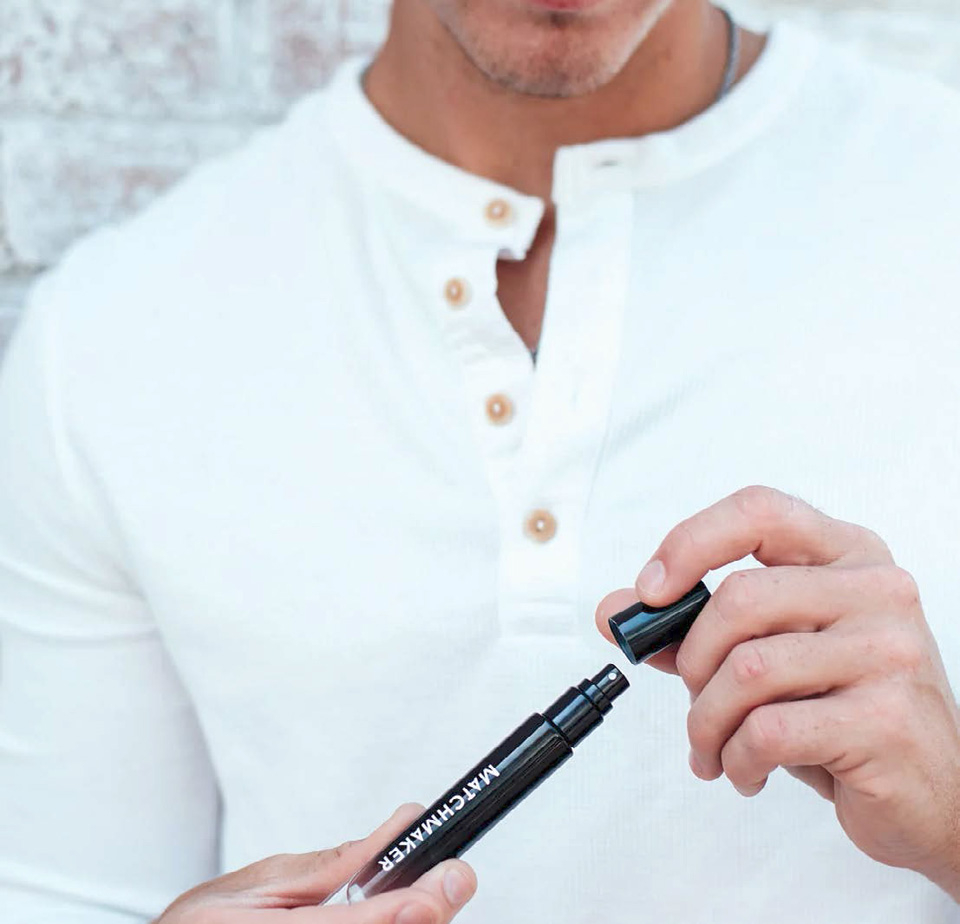
As Grott notes, there isn’t really a way to target LGBTQ+ customers via pricing, as their budgets vary just as widely as those of other shoppers.
“Nalpac’s assortment includes items that range from aspirational and premium luxury goods to simple designs in minimal packaging that are great for a first toe-dip into the experience,” Grott says. “By following the ‘good,’ ‘better,’ ‘best’ stocking model, retailers can service all shoppers from first-timers to connoisseurs. The assortment needs of the LGBTQ+ customer are no different. Offer products that are price-conscious as well as splurge-worthy, and ensure that there aren’t unconscious biases such as an assumption about socioeconomic status.”
Inclusive Future
As the presence of sex-positive LGBTQ-focused brands and products continues to grow and be nurtured by executives, educators and retail staff, the future looks bright for the development of more inclusive products.
“We are always looking to expand our LGBTQ product offerings, and our new ‘Attract They/Them’ collection is just the beginning,” Rubinoff says. “We plan on continuing to innovate and improve our products to meet the needs of the LGBTQ community, and we will continue to listen to feedback from our customers to ensure that we are providing the products they need and desire.”
As a distributor, Grott says, Nalpac is committed to supporting brands that are inclusive and designed explicitly for LGBTQ+ shoppers.
“Nalpac recently joined our sister company, Entrenue, in offering SpareParts Hardware, Cute Little Fuckers, and Banana Pants products, all brands that were founded by members of the LGBTQ+ community and have a strong following among customers already,” Grott says. “We are excited to see established manufacturers invest in product designs that cross over or are specifically created for the LGBTQ+ community. This continues to be a growth area for adult retail stores and for Nalpac.”
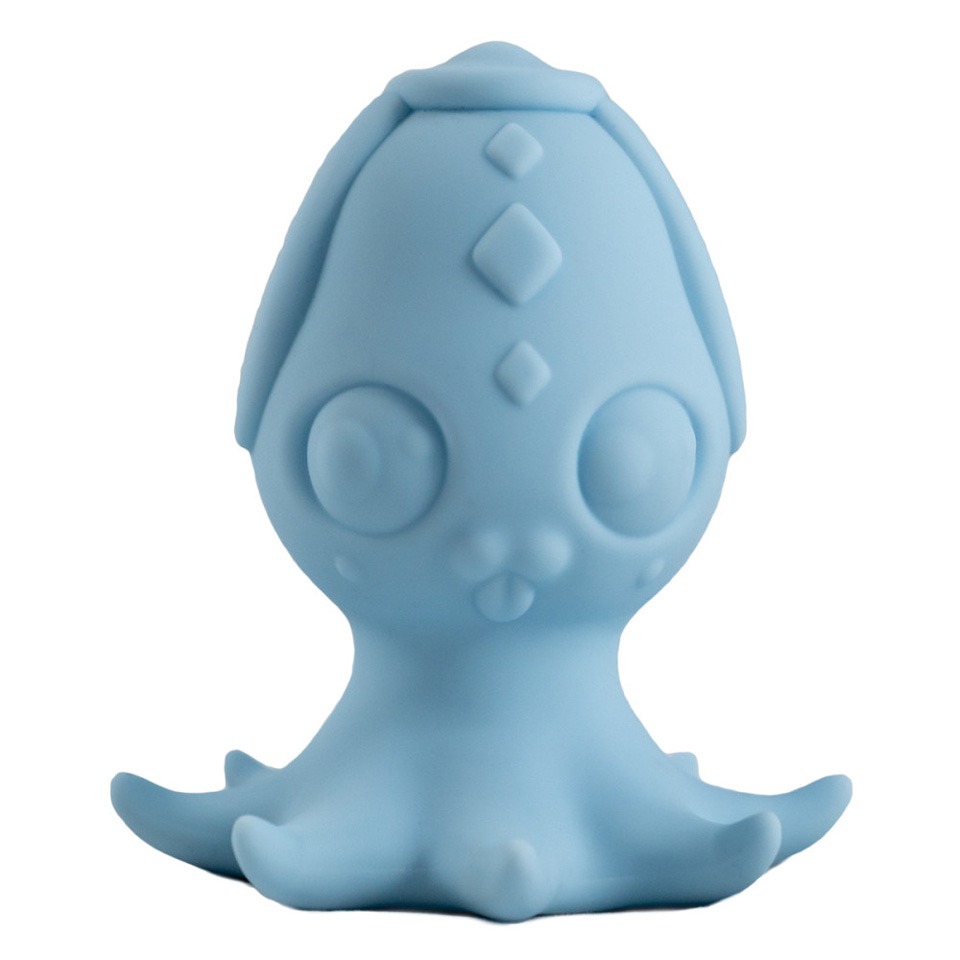
Goodling also welcomes the evolution of the pleasure products industry in this direction.
“I’ve seen some great items recently at shows that I can’t wait to bring into our stores,” she says. “More manufacturers are listening to retailers and consumers and it shows. At the end of the day, it’s important to remember toys really are for all bodies.”
Wynn says that Momotaro Apotheca also is expanding its offerings to appeal to more consumers.
“We have historically made products for vulvas and vaginas — yes, they can be used everywhere — but we cannot wait to introduce products specifically for the anus and penis and all-over products that continue to respond to our most intimate needs,” she says.
According to Neff, Blush consistently listens to feedback and suggestions from consumers and store associates.
“We are always expanding our line for the community,” Neff says. “I am very vocal to make sure we are represented as Blush creates new products. We create products and make changes based on feedback we get. I can attest to this as I get to see it happen every day!”
Along with Blush’s non-gendered packaging, Neff highlights the manufacturer’s collection that specifically celebrates the LGBTQ+ community.
“One of the Blush lines I am most proud of is our Pride by Avant line,” Neff says. “This is a line of products inspired by many of the LGBTQ pride flags and has been one of our bestselling lines, especially toward Pride season.”
Zuri agrees that the best way to stay inspired to continue to develop LGTBQ+ friendly products is to listen to consumers.
“We will continue to engage within our community and listen for what’s needed or desired, and where we can fill a gap,” she says. “Our flagship Circus of Books store in West Hollywood, California regularly hosts symposiums and meetings for LGBTQ+ organizations and groups. C1R and its companies will continue to contribute to LGBTQ+ causes.”
Pellham plans to expand Kheper Games’ support of the LGTBQ+ community.
“We worked with the designer and owner of the Progress flag design to have the rights to utilize this design in our product line,” he says. “We have many products in our line and in development that proudly symbolize not just the LGB flag that we more commonly see, but also the T, Q and +, and that is important to not overlook as well.”
Pellham added, “In addition to our heavy advertising around Pride, we also gladly donate to organizations that promote or support the LGBTQ+ community. We support many community events and organizations, including the Seattle Men’s Chorus and Camp Ten Trees, which is a youth LGBTQ+ camp, and parents are part of this community. When our son attended the summer before COVID closures, we learned we were one of their top benefactors.”
Much as the LGBTQ+ community is ever expanding and evolving, so is the pleasure products marketplace. Thanks to the increasing visibility and acceptance of diverse sexual relationships and identities, the future is looking more inclusive than ever.



